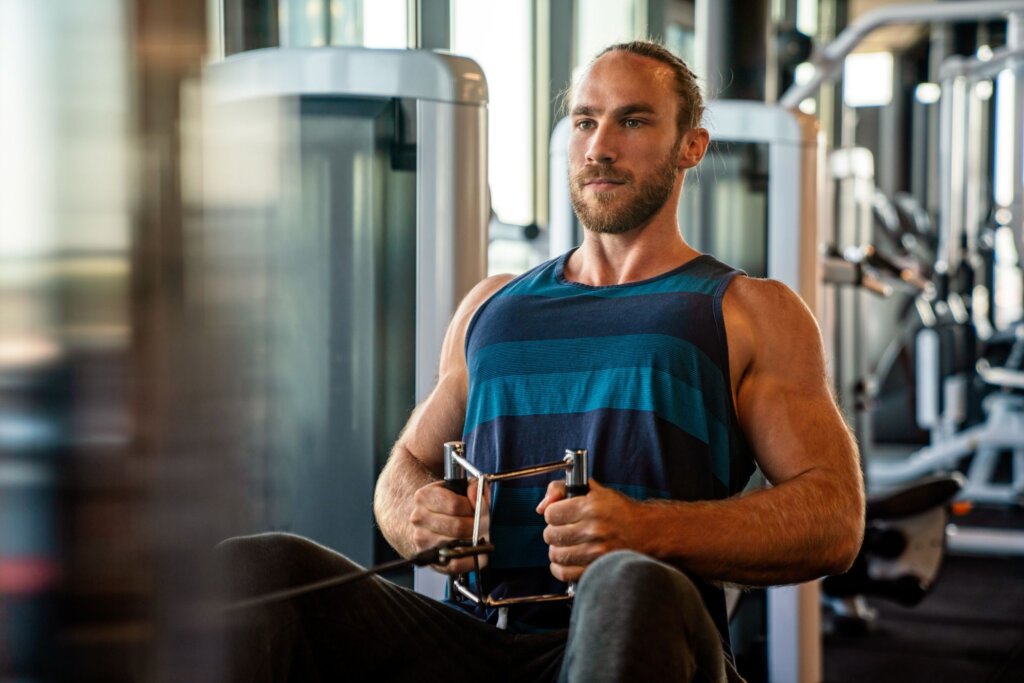When it comes to weight training, one term you’re likely to come across is “progressive overload.” But what does it mean, and why would you consider incorporating it into your fitness journey? Let’s break down the concept.
What is Progressive Overload?
At its core, progressive overload is one of the fundamental principles behind strength and muscle-building programs that aim for hypertrophy—or the increase in muscle mass. It means gradually increasing the demand or resistance you place on your muscles over time.
In simpler words, you should aim to gradually increase your workout intensity and lift heavier weight over time to continue challenging your body and encourage muscle growth.
A practical example of progressive overload could look like pressing heavy weight, with correct form, for 8 reps. When you can easily reach 10-12 reps at that weight, increase the weight by 5-10% and again aim for 6-8 reps. This method continues to challenge your muscles and discourage a plateau in growth.

Why is Progressive Overload Beneficial?
Our bodies are incredibly adaptable. When we challenge our muscles with more weight or resistance than they’re used to, they respond by getting stronger and larger. However, once they adapt to a particular level of stress, they no longer have a reason to grow.
This is where progressive overload comes into play. By pushing your muscles beyond their comfort zone, you create a continuous stimulus for growth. It’s like asking your body, “Can you handle more?” and then providing it with the means to do so.
Safety First
While progressive overload is a successful method for growth, it’s always important to prioritize safety. Avoid increasing weight too quickly, as this can lead to injury. Always use proper form and technique, and consider working with a fitness professional to create a safe and effective training plan. They will know correct form, proper weight, and the right time to increase resistance.
By consistently challenging your muscles to do more, you can achieve steady progress on your weight training journey.
This blog post is intended for informational purposes only and does not constitute professional medical or fitness advice. If you have questions or would like to get started, contact a medical or fitness professional in your area.